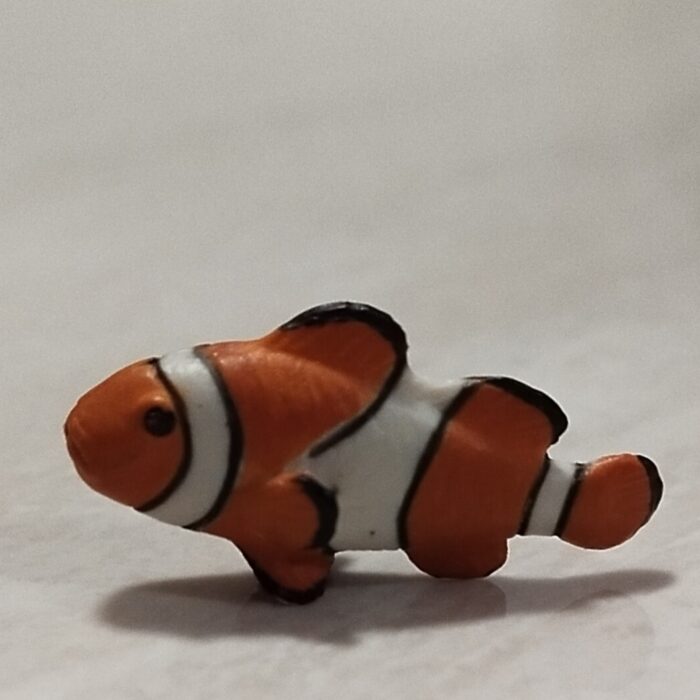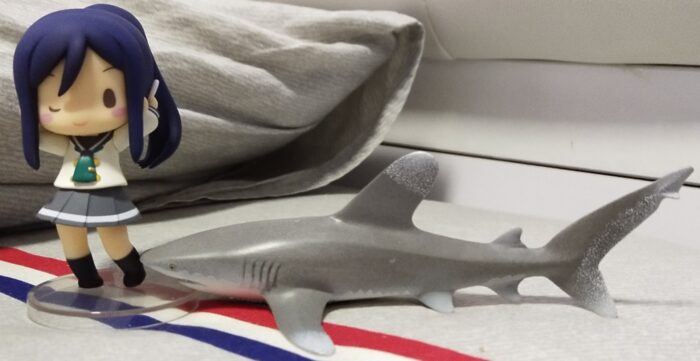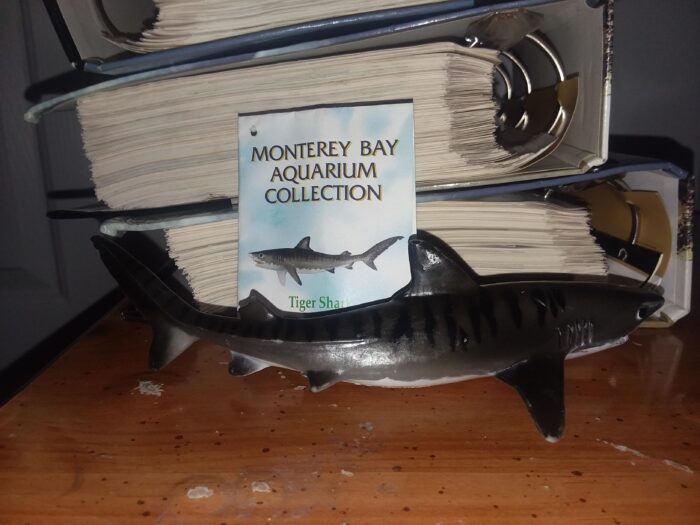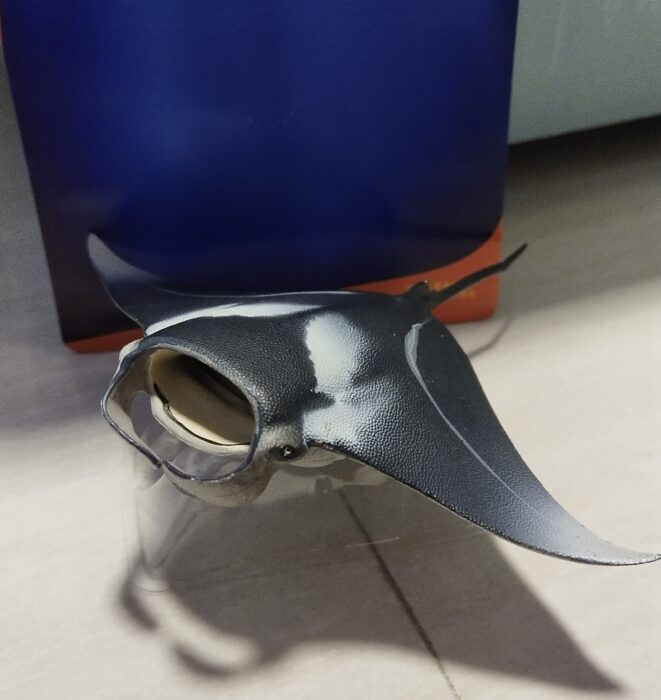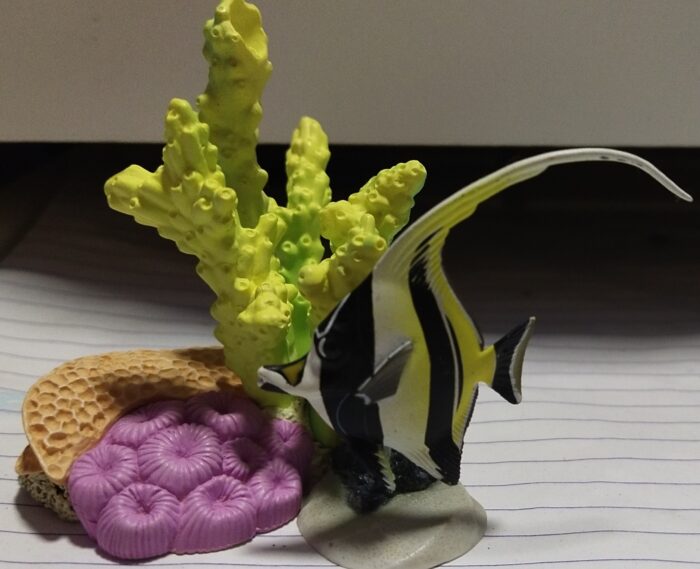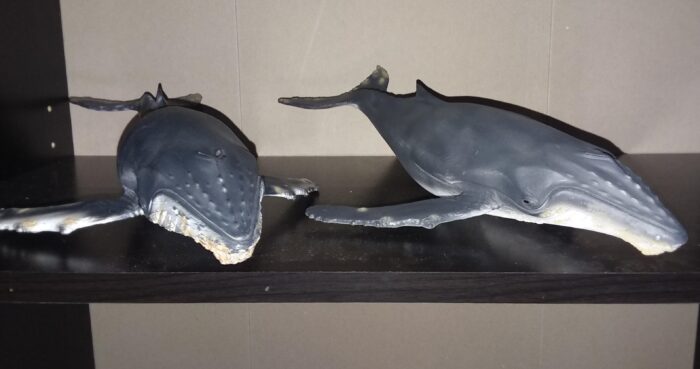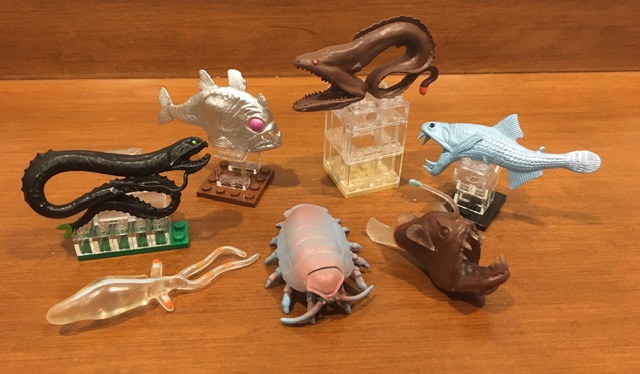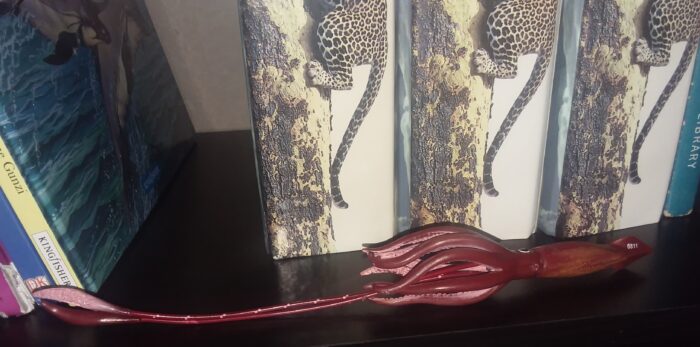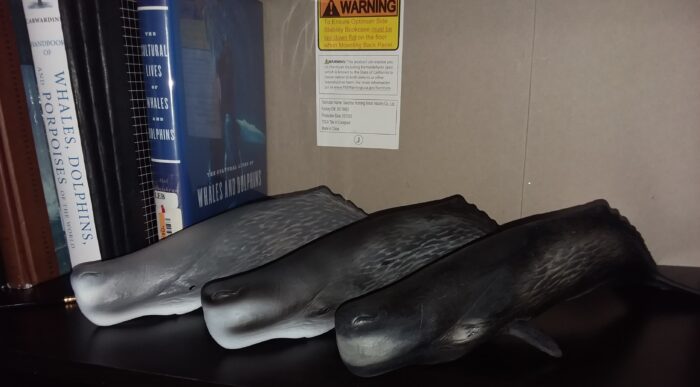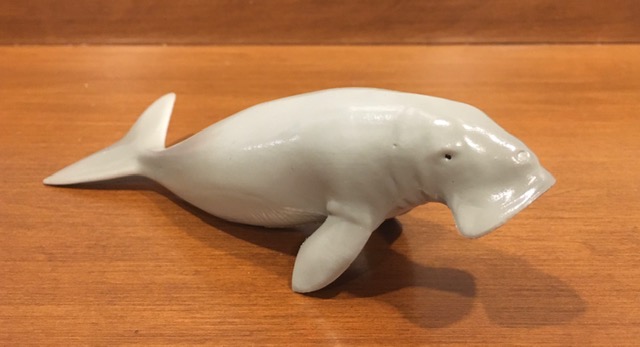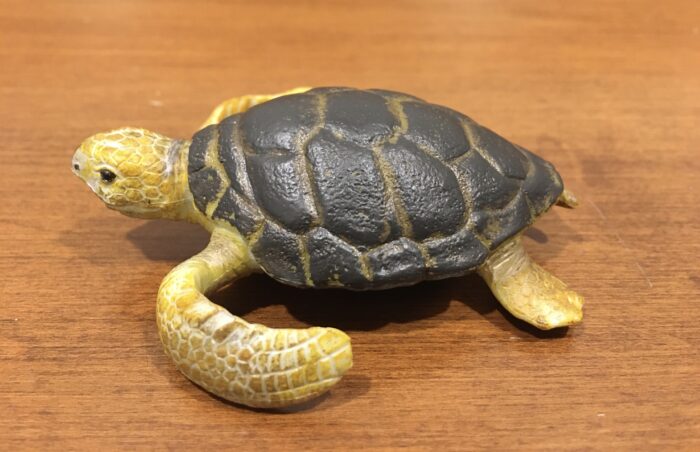Review and images by JimoAi; edited by bmathison1972
Sea anemones paralyze their prey with their stinging tentacles with the aid of little harpoons. However, there are a few animals that use these stinging tentacles to their advantage, mainly to seek refuge from predators. But the most famous of these animals to take advantage of these stinging tentacles: the anemonefish.

